ATTENTION: OWNERS OF AN OLDER SOLAR SYSTEM IN VICTORIA
Victorian Premium Feed-in Tariff (PFIT) is coming to an end on 1st November 2024 .
What are your choices if you are affected?
As we are getting closer to the 1st of November, Victorian households that have benefited from the 60c (some were even getting more) Premium Feed-in Tariff (PFIT) can expect significant changes to their electricity bills once this scheme ends.
Here’s what you need to know and how you can adapt to the end of this very generous program.
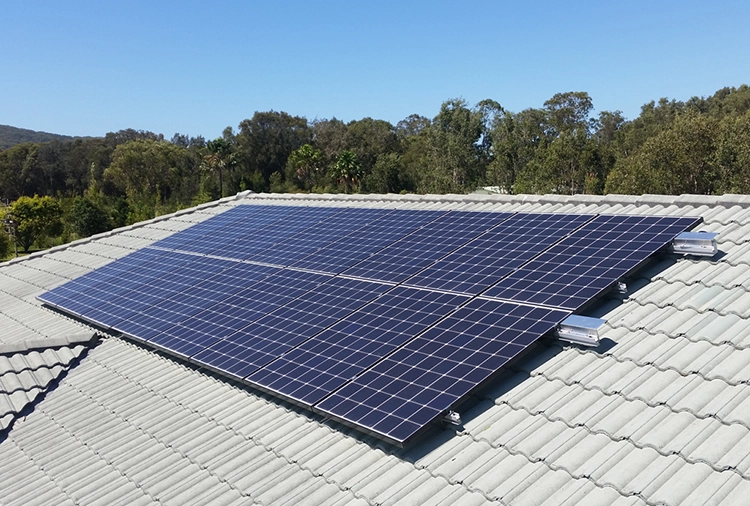
Understanding the Victorian PFIT
The Victorian PFIT was available to solar customers between 2009 and 2011, it offered an attractive minimum rate of 60c per kWh for electricity fed back into the grid. It was not a gross FIT as in NSW where they were paid 60c for ALL generated solar power, Victoria was net metered, meaning only the electricity not used by the household and being exported to the grid was being paid the PFIT rate.
This initiative was designed to encourage the uptake of solar energy in Victoria. For many early adopters, especially if they invested in a medium to large size system this tariff resulted in low or even zero electricity bills, and in many cases, credits on their power bills. How good is that?
However, the very successful PFIT program is set to conclude on November 1st, 2024. So all the low bills will come to an end for the people lucky enough to participate in the first place.
Who does it affect?
The end of the PFIT impacts households that were privy to participating in that scheme, many older solar systems across Victoria. Those affected will need to reassess their home/business energy strategies and budgets in light of the changing tariff structure.
Significant impact on household power bills
Post-PFIT, the feed-in tariff will drop to a default rate of only 3.3c per kWh, which will vary from retailer to retailer. When choosing your energy retailer it is important to consider overall rates, including supply charges and peak/off-peak rates, rather than focusing solely on the highest feed-in tariff. Households should prepare for significant increases in their electricity bills . Now is the time to consider proactive measures to limit the future bill shock pain.

Exploring available options
Seeing the export payment drop from 60c per kWh to 3.3cents is obviously a significant reduction of return. To optimise energy usage and minimise future expenses after the PFIT ends, Solar integrity recommends these strategies:
Load Shifting
Adjust the timing of energy-intensive activities to coincide with peak solar generation periods, maximising self-consumption and reducing reliance on the grid. Examples of what we mean by load shifting:
- Put your washing machine or dishwasher on timers to come on during the day
- Run pool pumps during the day
- Install a timer for your electric hot water unit to come on during peak solar production times
- Upgrade your electric hot water unit to an energy efficient Co2 heat pump that has a control option for peak solar timing – meaning it will run during those times again reducing your hot water costs, possibly eliminating them, except for those really bad winter days
- NOTE – do not run all your appliances at the same time during the day, this may see you using all your solar plus buying from the grid to meet demand. The key is staggering the usage across the day while the solar is being produced.

Increase solar system size
Many PFIT-era systems are small by today’s standards, being 1, 1.5, 2 and 3 kW in size. So, in todays electrified world, most households consume more than what a system size can deliver. The average size of todays solar systems for residential are between 6 and 10kw. Expanding your solar capacity can help meet daytime energy demands, especially when combined with battery storage and time-shifting strategies. There are Federal and Victorian State rebates available for solar upgrades, making this a cost-effective option.
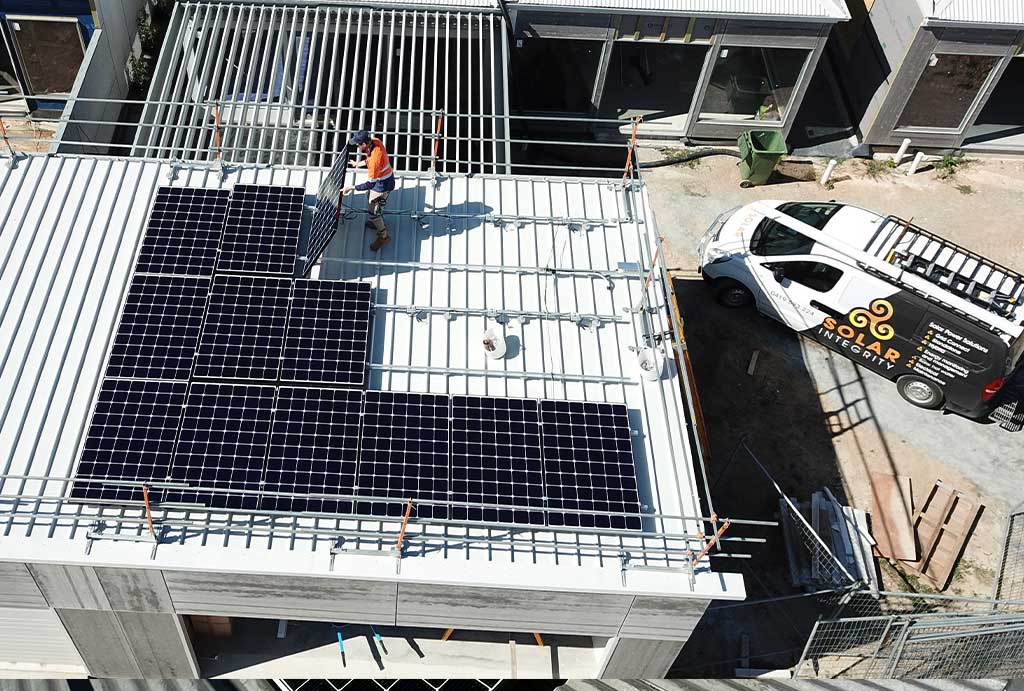
Home Battery Storage
Investing in battery storage allows you to store excess solar energy from the day for later use during the evening and into the night, enhancing energy self-sufficiency and reducing grid dependency. A well-designed battery system can also provide backup power during blackouts, contributing to energy independence. By combining a solar and battery system in the one purchase, the ROI period for the combined system, will also be acceptable and generate solid savings in future years. Come in to our Wodonga showroom and see our live battery system.
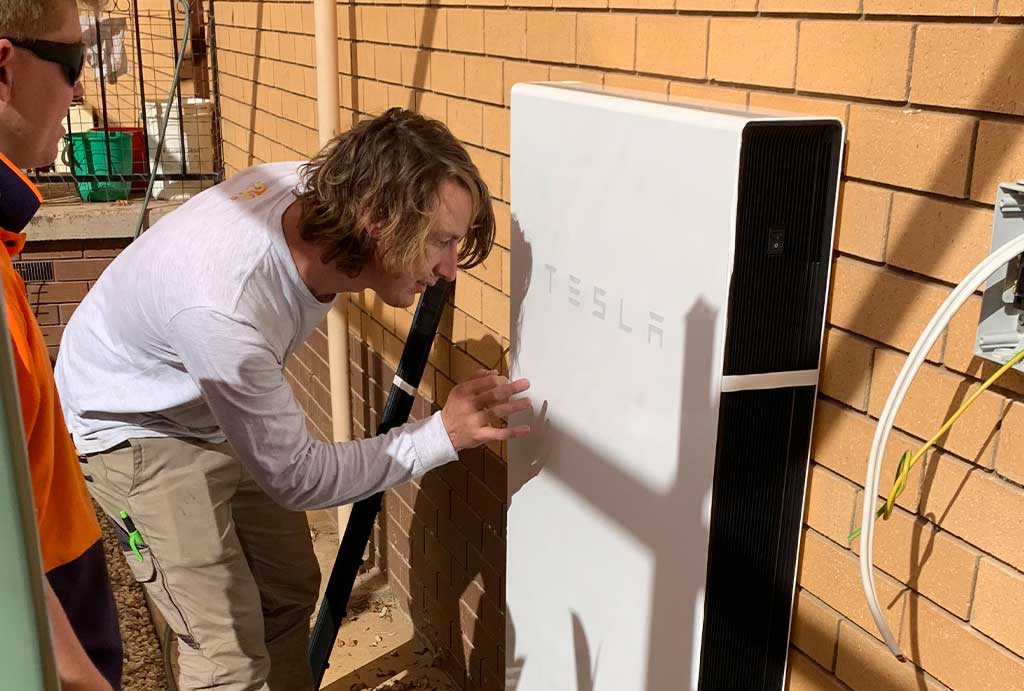
Hot Water Heat Pumps
Consider energy-efficient alternatives like Co2 heat pump hot water systems and heating/cooling solutions. Replacing gas with energy efficient electric alternatives can save the average Victorian home around $1300 annually, even without solar PV. And replacing old electric hot water systems with the Co2 heat pump will see huge savings, using up to 75% less power than a conventional hot water, but then paired with your solar system could see zero running costs.
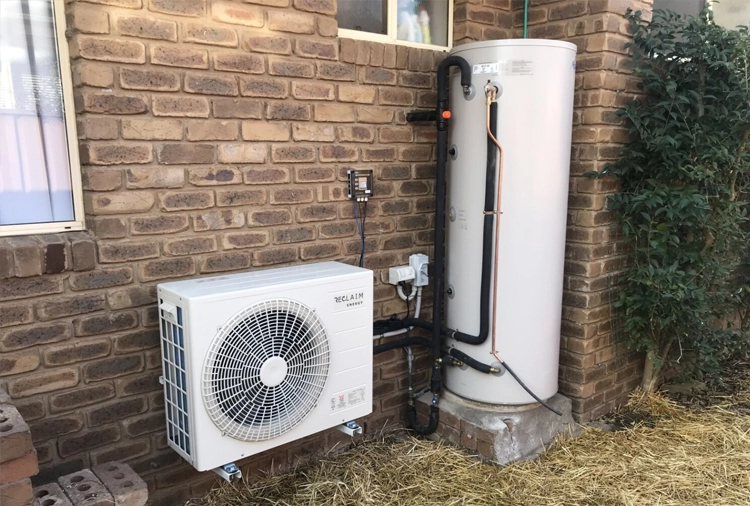
Compare your electricity retailers
But be sure to use the government website that way you know it’s a non-biased opinion, and no one is getting a kick back.

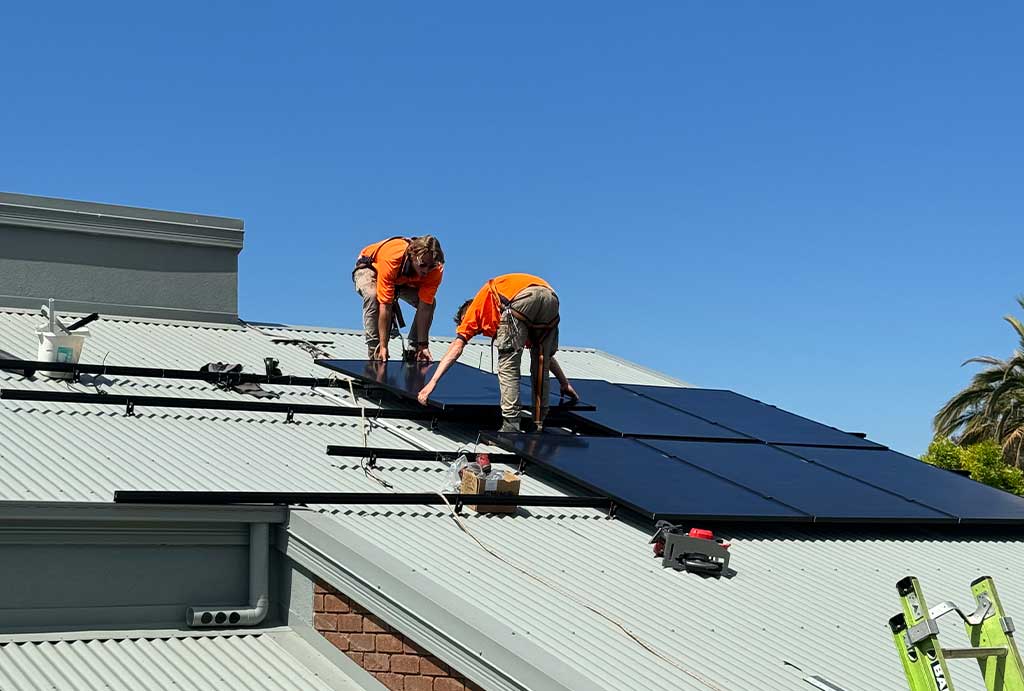
Should I expand or replace my solar?
If your solar system is 12-15 years old, it may be time to consider a full upgrade. Modern solar panels are more efficient, safer, longer warranties, longer lasting and come with much higher efficiencies, utilising your valuable roof space more effectively. Today’s systems are also smarter, with internet-based monitoring and battery compatibility. There are many advantages to a full upgrade, however we will always have the environment in mind when making these recommendations. People ask what happens to the old solar panels. We can remove them and have them recycled. Recycling of solar panels is now at 97-100%, which is fantastic news for the industry and the planet.
Upgrading to a new system offers several benefits:
- Better energy matching: New systems can be tailored to meet your current and future energy needs.
- Enhanced warranties: New installations come with improved warranties, ensuring long-term reliability.
- Updated Technology: Modern solar systems are more efficient and come with internet-based monitoring and battery compatibility.
- Future-proofing: A new system can be designed to accommodate future energy requirements, such as electric vehicles and induction stovetops.
Why Solar Integrity

Solar Integrity is a local company that lives and breathes solar. From installation to after sales we are there to give you a positive experience, from initial enquiry to final installation.
We do not supply budget solar, as this has proven time and time it is to be too good to be true. We have however repaired many budget systems for customers who can no longer find their original company/installer.
We design our systems in consultation with our customers. Designing systems together, today.
